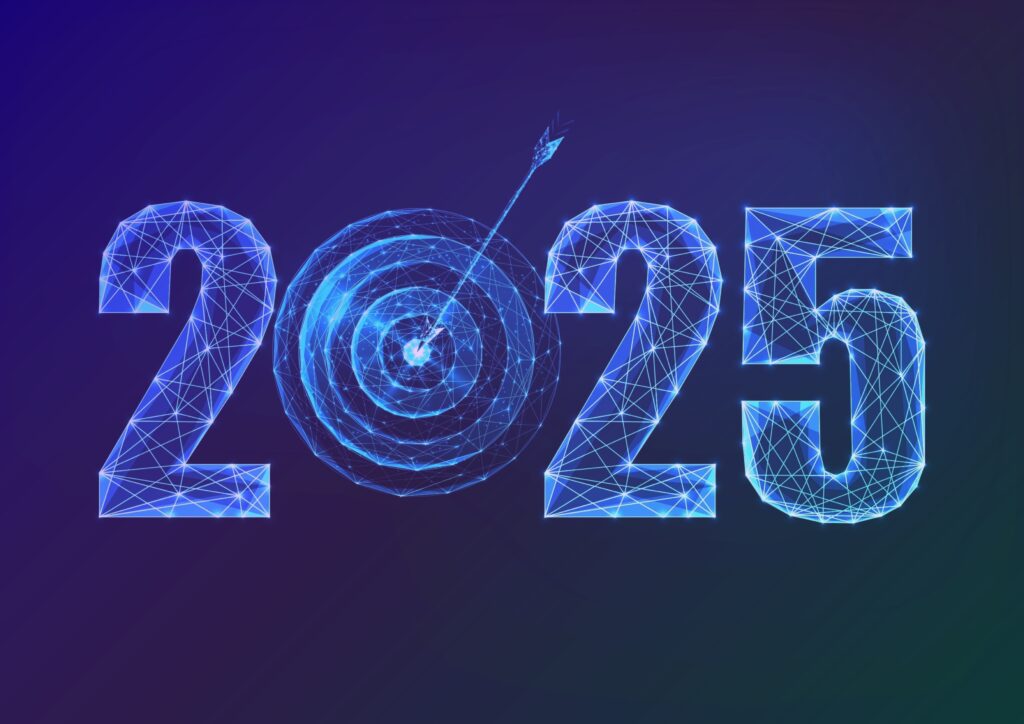Monitoring tools are above all intended for IT professionals so that they can secure and automate their information system monitoring. But not only…
The new generations of tools such as Centreon EMS make it possible to consider monitoring outside the restricted area of the IT Department and to initiate new practices. Here are a few improvement possibilities to give your users more autonomy to reduce intervention times and IT downtime by using your IT monitoring solution.
”Monitor globally but view and act locally”
If it gains from being centralized to have a global view over IS, IT monitoring is also an excellent local incident management tool. Indeed, having visibility on the local IS thanks to real time views, open console or email alerts, firstly makes it possible to inform users of IT service interruptions. It also gives them information about the malfunction type and root cause.
With tools that provide graphical views of monitoring data and give application-based views of the activity – such as Centreon MAP and Centreon BAM – communication with users is optimized. Monitoring data is thus converted into a language understood by all, including non-IT staff.
Give non-IT or technical users the means of solving level one incidents themselves
Result: relaunching an application or a process can be delegated to non-IT or technical users. They will be able to carry out this simple tasks and very quickly solve incidents if they have tools to do so. Of course, to achieve this, effective tools must be implemented that allow them to be informed about the failureits type or root cause – thanks to your monitoring tools – but also to define procedures to secure their interventions.
Building knowledge bases, implementing procedures and training users
Giving non-IT or technical users autonomy implies the creation of a knowledge base, implementing procedures, and training the users in question.
If IT monitoring tools make it possible to feed and update a knowledge base, it is imperative that the IT Department makes documented procedures available to allow the users and/or the local expert to act as quickly as possible. Another important point: appoint a local expert and train the users so that interventions are optimized.
The use of monitoring tools can go even further, by being proactive and identifying issues before they appear. And reacting accordingly.
An organization specifically adapted to a multisite enterprise with BUs
This approach can be applied to many business sectors in which organization into BUs or profit centers is the rule. In the hospitality sector, the leisure sector, retail or even industry, local monitoring simplifies hotline management by eliminating the need for a local IT expert. In holiday centers, stores and production units, application and infrastructure availability is critical. It is difficult to sell when cash registers are down, or to satisfy hotel customers when the internet connection has failed.
This organization, based on the use of monitoring data by users, and the implementation of the associated procedures, makes it possible to reduce the number of calls to the hotline. It also and above all helps to reduce level one incident resolution times and IT outages, with a direct impact on the company operational and financial performance…
Also read : BEST PRACTICES: how your IT monitoring system can help you to reduce the number of calls to the helpdesk?















